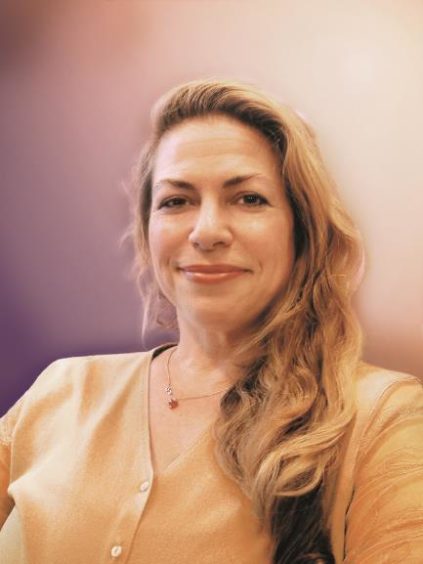
The people who will deliver the UK Government’s offshore wind power goal of quadrupling generation to 40GW by 2030 are already among us, a subsea sector chief believes.
They just need support to adapt and improve their skills sets, flexibility, and awareness of how they can move into and throughout the offshore industry, said Cheryl Burgess, chief executive of the Society for Underwater Technology (SUT).
Burgess — who took up the role in January — and her team are doing what they can to cater for those people.
They have organised an introductory offshore wind course, in association with Cranfield University.
It was created with two specific groups in mind: professional non-engineering staff who would benefit from understanding the offshore wind energy industry; and for engineers and technical staff new to the sector or making the transition from another industry.
The inaugural course, being held May 5-6, will feature industry and academic experts as presenters, including Judith Patten MBE, president of the SUT and project director, All-Energy, Miriam Noonan, manager, Offshore Renewable Energy Catapult and Dave Brookes, a former SUT president and its honorary secretary.
Burgess said the course marks the SUT’s “first steps” in its own energy transition as it diversifies from solely developing training courses designed for the offshore oil and gas industry.
She said an increasing number of SUT corporate and individual members in the UK and overseas are involved in the rapidly expanding global offshore wind industry.
Amid the energy transition, more people want to know about the challenges and opportunities that come with making a lateral move from oil and gas into renewables.
“We are aware of what happened in the oil and gas sector in the last year,” Burgess said. “We are starting to see people make the transition from one sector to another.”
It has been a busy start to life as CEO of the SUT for Burgess — who has more than three decades’ experience in the energy industry, including as director general of the Pipeline Industries Guild and as an advisor to UK Trade and Investment.
She is still in “learning mode” but is optimistic about the future of the organisation, with its “strong” membership.
Burgess is confident the SUT will come out of lockdown in a strong position and is looking forward to reengaging with members face-to-face, including at industry events like Offshore Europe and Adipec.
Many will share her appetite for physical events, though some will need time before they feel comfortable gathering.
“We’ll plan for the future in a positive way and try to mitigate the risks,” Burgess said.
The last 14 months have been anything but “business as usual”.
The SUT, which the late Prince Philip presided over in 1975, grasped the nettle and came up with a new collection of online offerings.
Among those was its virtual subsea awareness course (SAC), based on its popular five-day, face-to-face course, which has attracted more than 1,000 delegates over 20 years.
The virtual SAC, the first of which was held in April, is aimed at a range of people, including new entrants to the offshore energy industry and subsea sector.
It would also benefit technically-qualified, experienced professionals undergoing a “technology transfer and conversion process” into the subsea sector.
Non-technical personnel from legal or finance sectors who regularly deal with the subsea sector and are eager to find out more were also included in the target audience.
Burgess said she was excited to see new qualifications and courses being created.
And she is enthusiastic about a pilot programme between SUT and the Marine Technology Society, started in 2020, to offer the Chartered Marine Technologist (CMarTech) credential.
She explained that chartered marine technologists were characterised by their ability to deal with complex issues.
They are known for making sound judgments in the absence of complete data to develop solutions to problems and communicate their conclusions clearly to specialist and non-specialist audiences.
“This is an interesting approach to providing certification or recognition of in-depth experience,” Burgess said.
“That can be hard to show. You can get a bachelor’s degree or a master’s degree, but showing you are current in your understanding of the industry — and having continuing professional development records — can be difficult.”
Recommended for you

